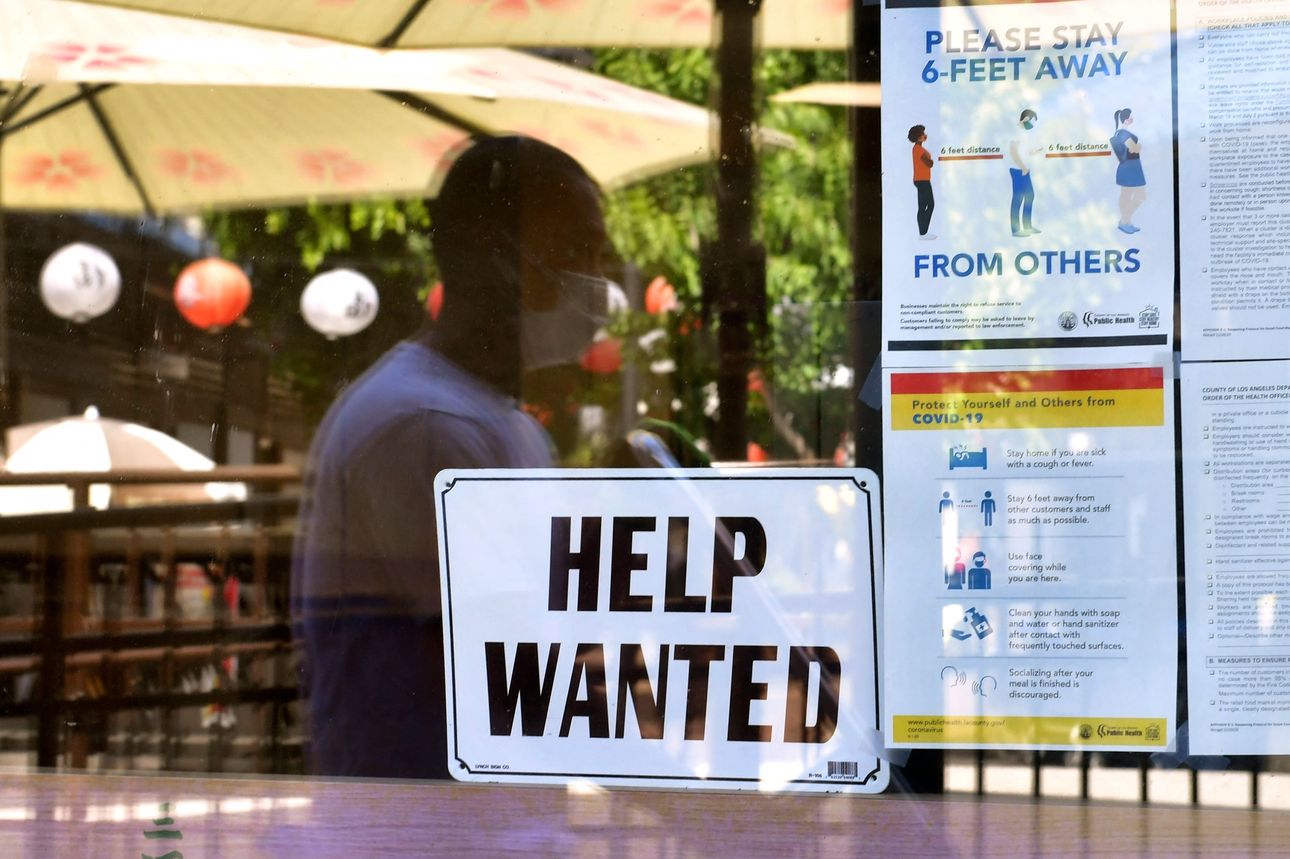By: The Editorial Board – wsj.com – July 22, 2021
Our liberal friends like to say the U.S. is experiencing a two-track pandemic recovery. They’re right about the symptoms but wrong about the diagnosis. The Labor Department’s state jobs report for June, released last Friday, shows an increasing economic divergence between states run by Republicans and Democrats, and the real reasons are worth noting.
While Democratic governors maintained longer and stricter lockdowns during the pandemic, most began to ease business restrictions in the spring. Nearly all were lifted by mid-June. So it’s striking that Democratic states in June still boasted significantly higher unemployment and slower job growth.
Unemployment was lowest in Nebraska (2.5%), Utah (2.7%), South Dakota (2.9%), New Hampshire (2.9%), Idaho (3%), Vermont (3.1%), Alabama (3.3%), Montana (3.7%) and Oklahoma (3.7%). All are governed by Republicans, except Vermont, which has a GOP Governor and Democratic Legislature.
By contrast, the states with the highest unemployment are all run by Democrats: Connecticut (7.9%), New Mexico (7.9%), Nevada (7.8%), California (7.7%), Hawaii (7.7%), New York (7.7%), New Jersey (7.3%) and Illinois (7.2%). Mere coincidence?
Hawaii and Nevada rely on tourism, which will take time to fully bounce back. But what’s Illinois’s excuse? Other Midwest states with a mix of agriculture and manufacturing have unemployment rates near what they were at the end of President Obama’s second term. That includes Wisconsin (3.9%), Indiana (4.1%), Missouri (4.3%) and Kentucky (4.4%).
Or what about California, the nation’s richest state? While California makes up 12% of the U.S. population, it accounted for only about 9% of employment growth last month. Florida and Arizona lifted most of their business restrictions long ago, yet they still added jobs at two to three times the rate of California.
Arizona’s unemployment rate (6.8%) is still very high because it is one of a handful of states whose labor forces expanded during the pandemic. By contrast, unemployment is high in some blue states even though their labor forces have shrunk considerably.
California’s labor force has declined 2.8%, or about 540,000 workers, since February 2020. Illinois (2.7%), New Jersey (3.5%) and Connecticut (7.6%) have also lost a significant number of workers. New York’s labor force has fallen by somewhat less (0.9%), though still more than Florida’s (0.7%), Georgia’s (0.7%) and Texas’s (0.8%).
So what’s going on? For one, high-tax Democratic states have continued to lose population to lower-tax states during the pandemic. This likely has contributed to their shrinking workforces and reduced local business demand. The flight of high-earners and office workers has slammed New York City’s restaurant industry.
Prolonged lockdowns in Democratic states have also resulted in more permanent small business closures. At the same time, regulations and taxes are slowing business formation. Florida recorded twice as many new business applications per capita over the last year than New York, according to Census Bureau data. Some 250 licenses and permits govern businesses in New York City. Forget calculating all of the taxes businesses have to pay to support government bureaucracies and public unions.
Democratic-led states are also continuing the Democratic Congress’s $300 unemployment benefit bonus through Labor Day, while most Republican governors have ended theirs early. This is probably contributing to the stubbornly high unemployment and slower labor force recovery in Democratic states.
Even President Biden conceded on Wednesday, at his CNN town hall, that “there’s some evidence” that not having to pay rent and “being able to provide for unemployment insurance has kept people from going back to work.” There’s more than some evidence, but we’ll take the concession to reality.
***
Federal Reserve Chairman Jerome Powell last week told Congress that “full employment” is still “a ways off” from where it needs to be for the central bank to start to tighten monetary policy. But many Republican-run states aren’t far off pre-pandemic employment levels, and their citizens are experiencing higher inflation than coastal dwellers.
The consumer-price index in June rose 6.7% in the Atlanta metro region, 6.1% in St. Louis and 5.4% in Phoenix-Scottsdale versus 3.2% in San Francisco, 4% in Los Angeles and 4.1% in New York City.
The Fed shouldn’t wait for New York and Illinois to catch up to Florida and Texas. It may never happen.
To see this article and to subscribe to others like it, choose to read more.
![]()
Source: A Tale of Two Recoveries – WSJ
 Listen Online
Listen Online Watch Online
Watch Online Find a Station in Your Area
Find a Station in Your Area








 Listen Now
Listen Now Watch Online
Watch Online
